Iran’s domestic wheat purchases exceed 5 mln tons
Iran’s purchases of domestically-grown wheat have exceeded five million metric tons in the harvesting season that began in early April, a sign the country has been successful in its plans to ensure food security at a time of increased uncertainty in the global markets because of the war in Ukraine.
Iran’s agriculture minister Javad Sadatinejad said on Thursday that that the government had spent 110 trillion rials ($344 million) on domestic wheat purchases this year.
He said payments to farmers will be fast-tracked in the upcoming weeks to meet a target of at least six million tons in domestic wheat purchase at the end of the harvesting season in late July.
Iran announced in February that it will nearly double its guaranteed purchase price for wheat to 110,000 rials ($0.35) per kilogram to ensure it will have access to enough supplies of domestically-grown wheat and to avoid problems in the global market because of the war between Ukraine and Russia as the two main international grain suppliers.
In a note published in early June, the United Nations Food and Agriculture Organization (FAO) forecasted that Iran will be spared of the risks on agriculture markets emanating from the war in Ukraine.
The FAO note said that Iran was the world’s fifth largest wheat importer in 2021-22 and sourced more than 60 percent of its wheat imports from Ukraine and Russia.
However, it anticipated that wheat imports into Iran would fall by 57% year-on-year in 2022-23 thanks to a major increase in domestic production of the crop.
That comes as Iran’s Government Trading Corporation (GTC), which is responsible for grains supplies in the country, said on Thursday that hundreds of thousands of tons of wheat had been imported into Iran over the past four months despite the surge domestic output.
VIDEO | Press TV's news headlines
Hamas: Israel escalating ceasefire violations in Gaza
Venezuela's government declares unwavering unity behind Maduro
VIDEO | Global outcry over Venezuela president abduction
Iran keeps wheat import subsidies despite cutting other food supports
Venezuelan military stands with acting president after US kidnapping of Maduro
VIDEO | Press TV's news headlines
VIDEO | Protesters in Toronto slam US kidnapping of Venezuelan president


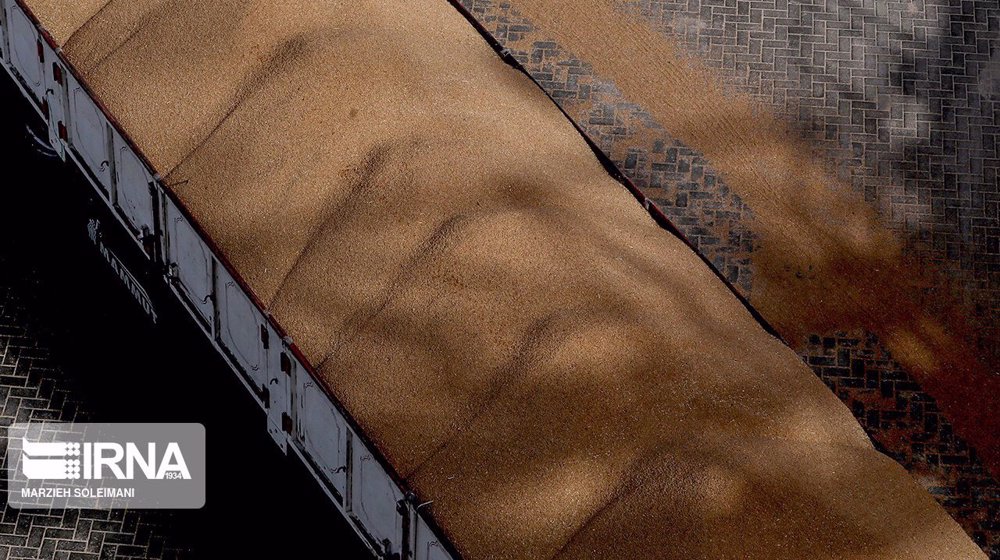
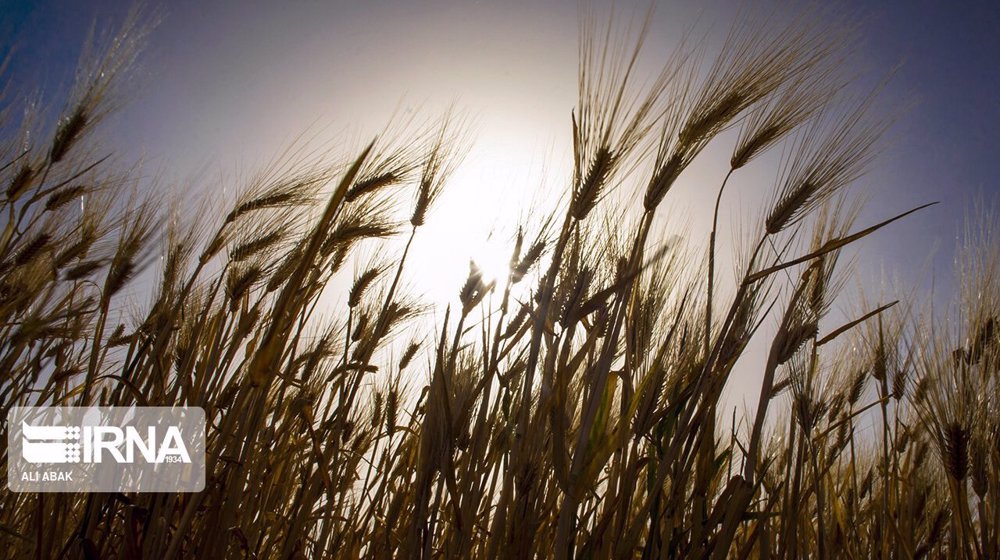
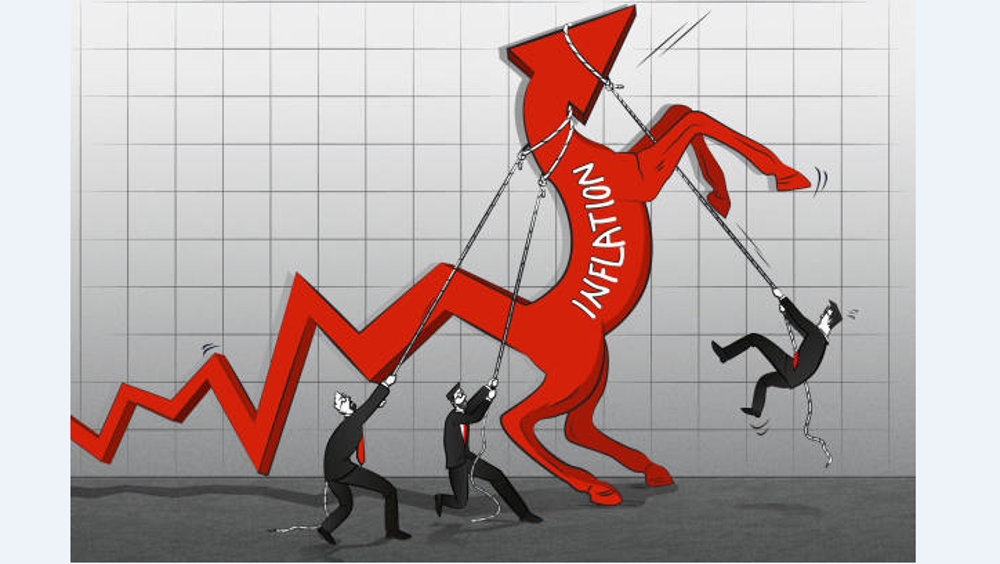
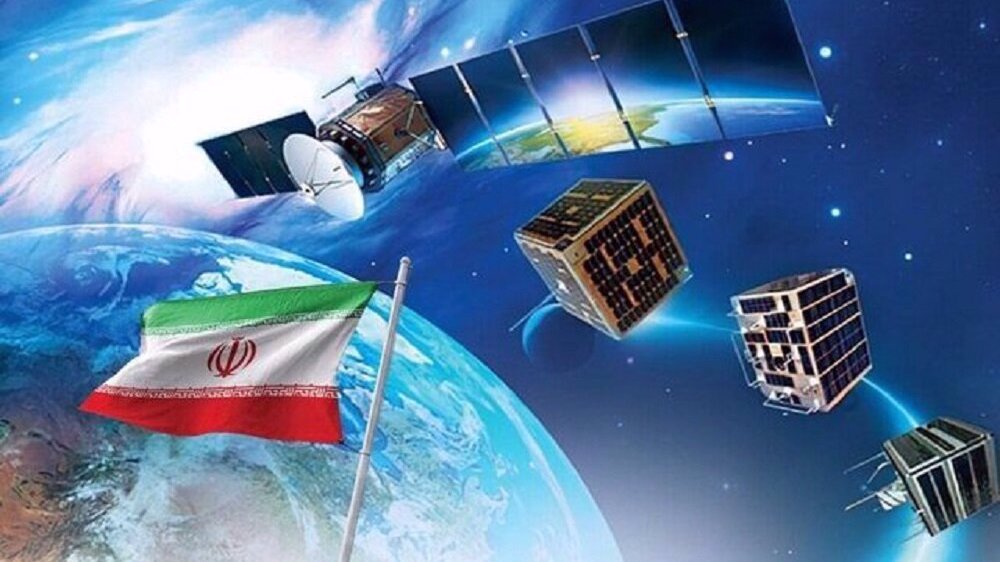
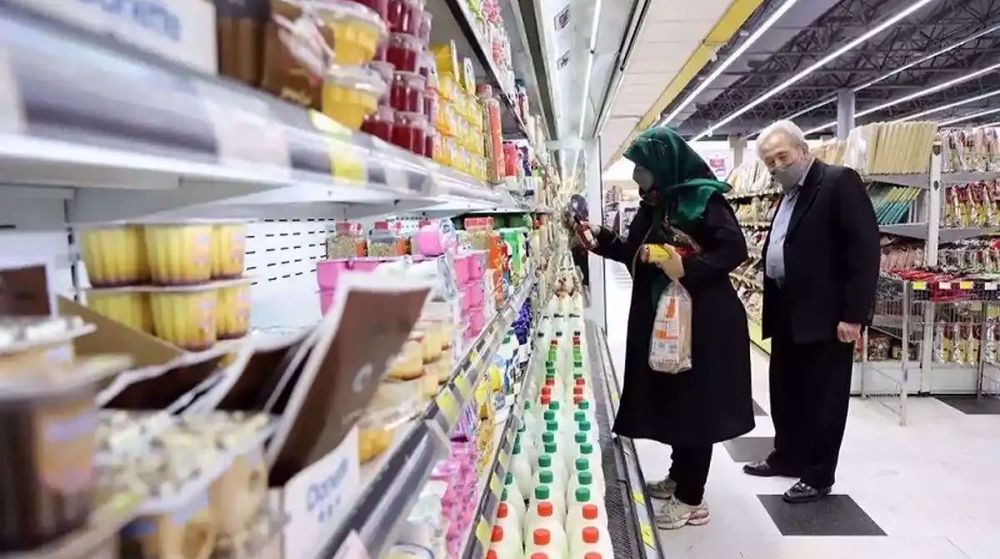




 This makes it easy to access the Press TV website
This makes it easy to access the Press TV website